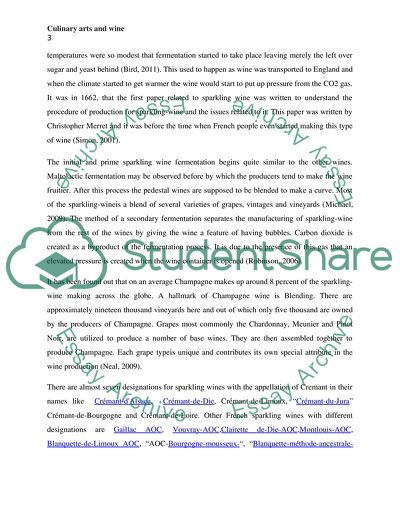Cite this document
(“The Four Major Methods to Produce Sparkling Wine: the Charmant Process Essay”, n.d.)
The Four Major Methods to Produce Sparkling Wine: the Charmant Process Essay. Retrieved from https://studentshare.org/technology/1799512-culinary-arts-and-wine
The Four Major Methods to Produce Sparkling Wine: the Charmant Process Essay. Retrieved from https://studentshare.org/technology/1799512-culinary-arts-and-wine
(The Four Major Methods to Produce Sparkling Wine: The Charmant Process Essay)
The Four Major Methods to Produce Sparkling Wine: The Charmant Process Essay. https://studentshare.org/technology/1799512-culinary-arts-and-wine.
The Four Major Methods to Produce Sparkling Wine: The Charmant Process Essay. https://studentshare.org/technology/1799512-culinary-arts-and-wine.
“The Four Major Methods to Produce Sparkling Wine: The Charmant Process Essay”, n.d. https://studentshare.org/technology/1799512-culinary-arts-and-wine.


